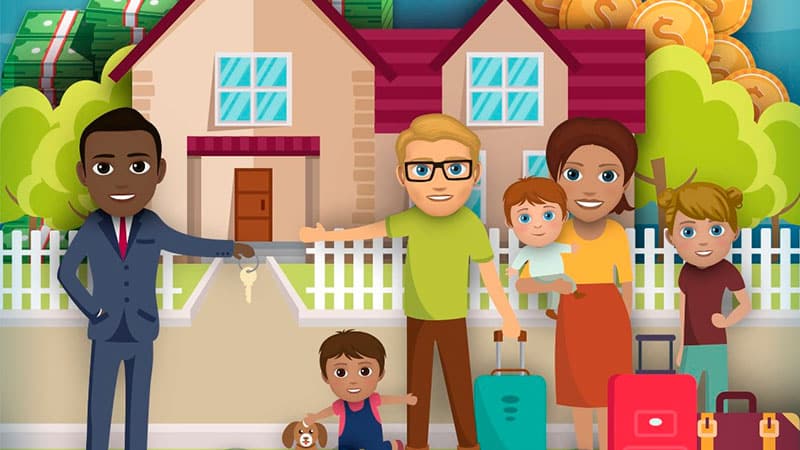: Navigating the Waves of Breaking News: A Closer Look at the Impact and Challenges

In today’s fast-paced digital era, staying informed has become a vital aspect of our daily lives. The term “breaking news” has evolved from a simple newspaper headline to a constant stream of real-time updates that flood our screens. The immediacy of breaking news provides a sense of urgency, but it also brings about a set of challenges and impacts that are worth exploring.
The Rise of Breaking News
Breaking news, defined as the sudden and compelling news event that requires immediate attention, has undergone a significant transformation with the advent of digital media. Traditional news outlets have been joined, and in some cases overshadowed, by online platforms and social media, which disseminate information at an unprecedented speed. This democratization of news distribution has empowered individuals to become content creators and distributors, contributing to the ubiquity of breaking news.
Impact on Public Awareness
One of the most profound impacts of breaking news is its role in shaping public awareness. Instantaneous updates on significant events, ranging from natural disasters to political developments, keep the public informed in real-time. This immediacy fosters a sense of connection to global events, enabling individuals to engage with and respond to situations as they unfold. Social media platforms amplify this effect, creating a global community that reacts collectively to breaking news.
However, the rapid dissemination of information comes with a caveat. Misinformation and rumors can easily spread, causing confusion and panic. The challenge lies in discerning credible sources from sensationalism, emphasizing the importance of media literacy in the digital age.
The 24/7 News Cycle
The digital landscape has birthed a 24/7 news cycle, where news organizations strive to provide constant updates to keep their audience engaged. This cycle not only influences the way news is consumed but also impacts the production of news itself. Journalists face the pressure to deliver news swiftly, sometimes at the expense of thorough fact-checking and analysis.
While the continuous flow of information has its advantages, it raises questions about the quality and reliability of news reporting. The demand for speed can compromise journalistic integrity, leading to the dissemination of incomplete or inaccurate information. Striking a balance between immediacy and accuracy becomes a persistent challenge for news organizations navigating the breaking news landscape.
The Emotional Toll on Audiences
Consuming a constant stream of breaking news can have significant emotional consequences for audiences. The nature of breaking news, often centered around crises and emergencies, can evoke anxiety, fear, and stress. The barrage of distressing images and updates can contribute to information overload, affecting mental well-being.
Moreover, the emotional impact of breaking news extends beyond individual experiences. Social media platforms amplify collective emotions, creating a shared emotional response to unfolding events. Understanding and managing these emotional reactions become essential in fostering a healthy relationship between audiences and breaking news.
Challenges for Journalists
Journalists working in the realm of breaking news face a unique set of challenges. The pressure to report quickly can lead to rushed narratives and the inadvertent spread of misinformation. The need to capture the audience’s attention in a saturated digital landscape also influences the framing of stories, potentially sensationalizing events for higher engagement.
Maintaining journalistic ethics in the face of these challenges requires a delicate balance. Journalists must prioritize accuracy, context, and responsible reporting, even when the pressure to deliver breaking news quickly is intense. Editorial standards become crucial safeguards in mitigating the risks associated with the fast-paced news cycle.
Strategies for Responsible Consumption
As consumers of breaking news, adopting strategies for responsible information consumption is imperative. Verifying information from multiple sources, fact-checking claims, and being aware of potential biases contribute to a more informed and discerning audience. Additionally, setting boundaries on news consumption, especially during emotionally charged events, helps manage the potential negative impact on mental well-being.
Media Literacy in the Digital Age
Media literacy plays a pivotal role in navigating the complexities of breaking news. Educating individuals about the nuances of news reporting, the importance of source credibility, and the prevalence of misinformation empowers them to critically evaluate the information they encounter. Incorporating media literacy into educational curricula becomes essential in preparing future generations to engage with breaking news responsibly.
Conclusion
Breaking news has become an integral part of our information landscape, shaping public awareness and influencing individual and collective emotions. While the immediacy of breaking news provides unprecedented access to real-time information, it also poses challenges related to accuracy, emotional impact, and journalistic integrity. Navigating the waves of breaking news requires a collective effort from news organizations, journalists, and audiences to strike a balance between immediacy and responsible reporting. As we continue to evolve in the digital age, fostering media literacy and responsible news consumption habits becomes paramount in ensuring that breaking news remains a force for informed engagement rather than a source of confusion and anxiety.






